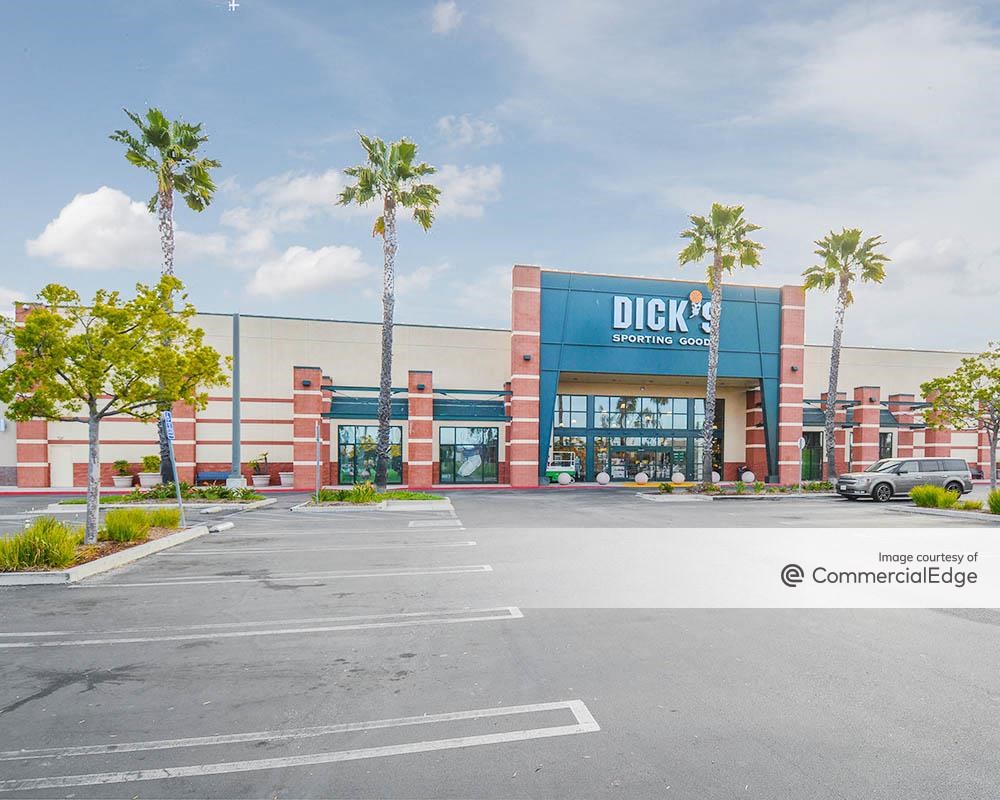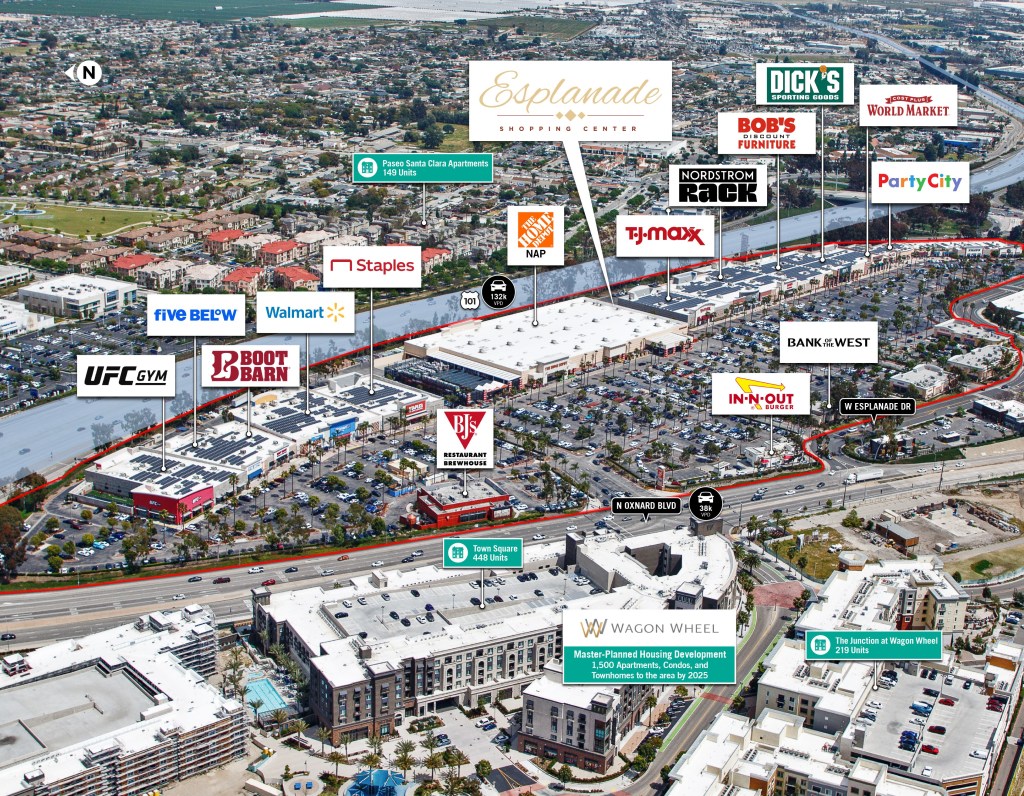SoCal Shopping Center Commands $90M
DRA Advisors had owned the grocery-anchored property since 2018.

Primestor Development has completed the $90 million purchase of the Esplanade Shopping Center, a nine-building, 357,000-square-foot grocery-anchored shopping center in Oxnard, Calif.
According to CommercialEdge information, DRA Advisors was the previous owner. The company purchased the shopping center back in 2018 for $95 million.
The transaction marks DRA Advisors’ third retail disposition in under a month, having recently sold off two properties around Chicago. In March, the company let go of the 115,753-square-foot Oak Forest Commons and the 649,668-square-foot Orland Park Place. According to The Real Deal, the latter sale is part the firm’s effort to divest from a $2.3 billion portfolio that it has owned since 2016, following a merger with Inland Real Estate Corp.
READ ALSO: Are Cap Rates Closing In On Peak Levels?
Primestor’s latest pickup marks the locally based firm’s 15th addition to its portfolio of retail centers around Los Angeles. Currently, the firm is developing another three retail properties in the City of Angels, alongside two mixed-use projects and one multifamily community.
CommercialEdge data shows that the Esplanade was built in 2001. Investec Real Estate Cos. currently heads up leasing at the shopping center. Crosby Slaught, the firm’s director of leasing & acquisitions, is the primary point of contact.
Anchor tenants at Esplanade include a Walmart Neighborhood Market, Home Depot, Dick’s Sporting Goods, TJ Maxx and Nordstrom Rack Staples. Other tenants include In-N-Out Burger, Cost Plus World Market, Tillys and Boot Barn. Located at 195 W. Esplanade Drive, the shopping center lies within 8 miles of a population of roughly 316,000, with the nearby cities of Ventura and Camarillo accessible via U.S. Highway 101 and State Route 126.

Grocery-anchored retail’s big moment
Grocery-anchored retail properties remain a top prospect for investors, outpacing non-grocery-anchored assets for occupancy, while trading at a much lower cap rate. A year-end 2023 report from Altus Group found that these properties have an occupancy rate of 92 percent, in comparison to their grocery-less relatives’ 90 percent.
READ ALSO: What 99 Cents Only’s Demise Means for CRE
In the same vein, a JLL Retail Outlook from the fourth quarter of last year found that the average cap rate for power centers was nearly 150 points higher than the level paid for grocery-anchored properties, more than three times their historical premium. The report states that this is likely due to investors seeing less risk for grocery-anchored assets compared to the big-box tenant viability of power centers in the context of recent store closures.







You must be logged in to post a comment.